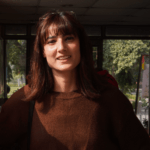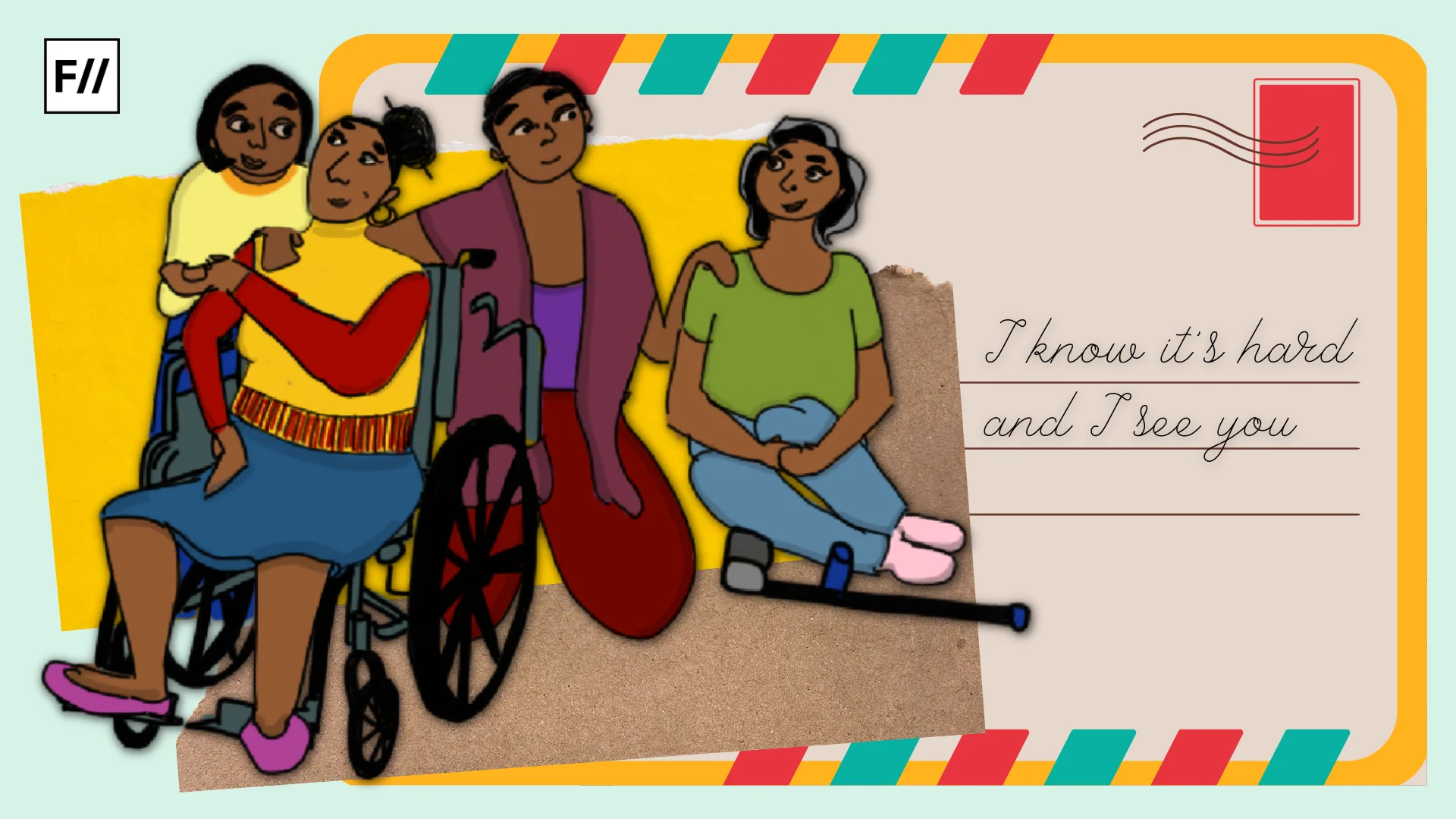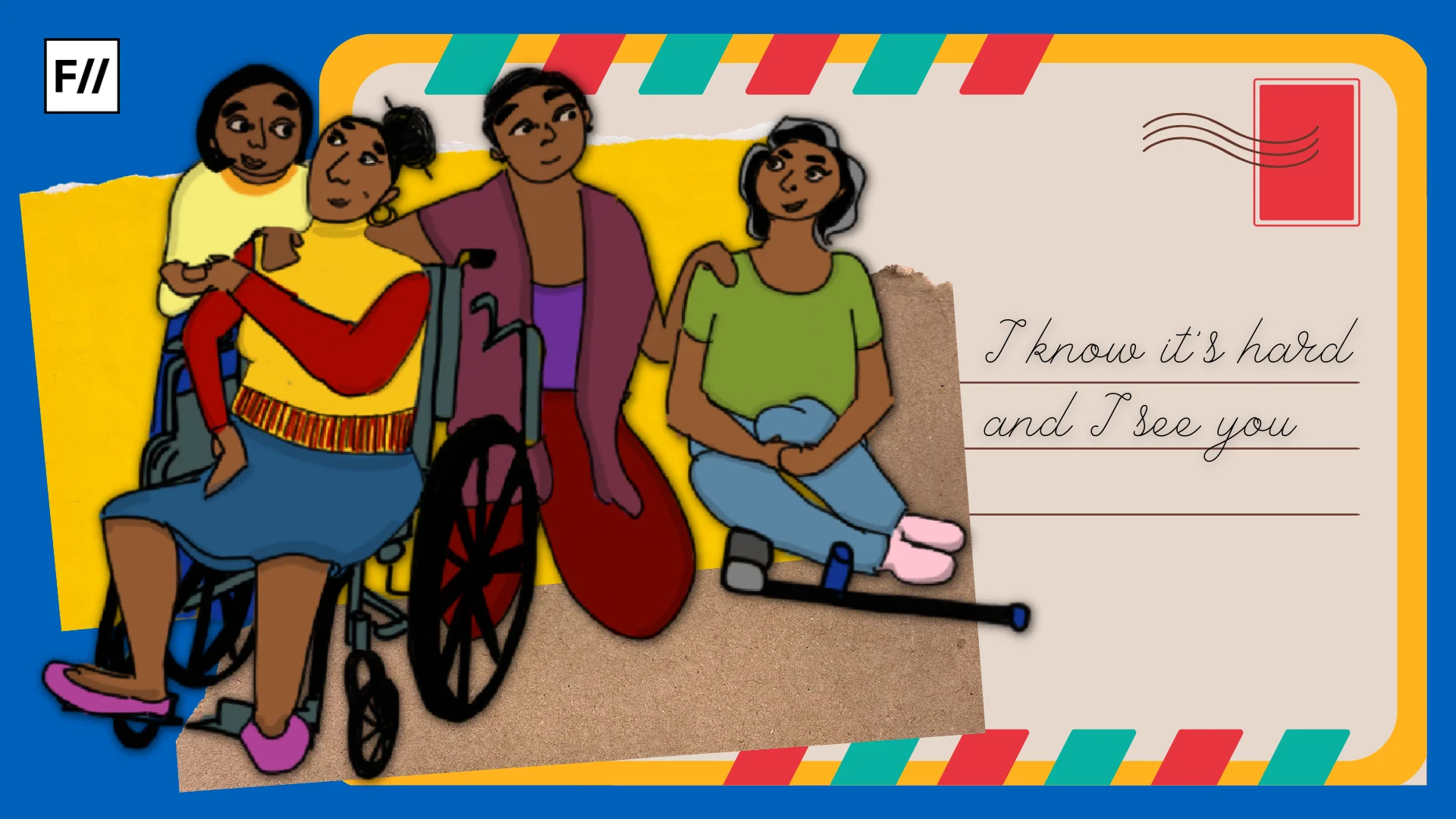Did you know that people with disabilities are 2-4 times more likely to die or be injured in climate disasters? Heatwaves, floods, and wildfires hit harder when one is already navigating with a disability. Yet, during climate change and sustainability discussions, they are barely in the room. This is where Green Disability comes into the picture.
So, what is green disability? It is the emerging idea that ties disability to environmental sustainability. With over one billion people—approximately 15 percent of the global population—living with disabilities, this framework calls for their inclusion in climate action and urban planning. 80 percent of this number live in advancing countries like India, where climate impacts like heatwaves and floods are common, disproportionately affecting these vulnerable groups.
Green disability recognises their increased proneness to environmental challenges and aims to address these disparities systematically. This isn’t just a niche issue; it’s a glaring gap in how we think about “green.” Because if sustainability doesn’t include everyone, is it even sustainable?
The problem: Exclusion and vulnerability
Climate change does not discriminate, but it amplifies existing issues and inequalities. For individuals with disabilities, it adds distinct obstacles across physical, systemic, and economic dimensions. These are not isolated struggles but symptoms of broader failures in planning, policy, and resource allocation.
Physical vulnerability
The physical toll of climate change inordinately affects persons with disabilities. For example, extreme heat is particularly dangerous for individuals with conditions like spinal cord injuries or multiple sclerosis, which weakens their body’s heat regulation mechanism.
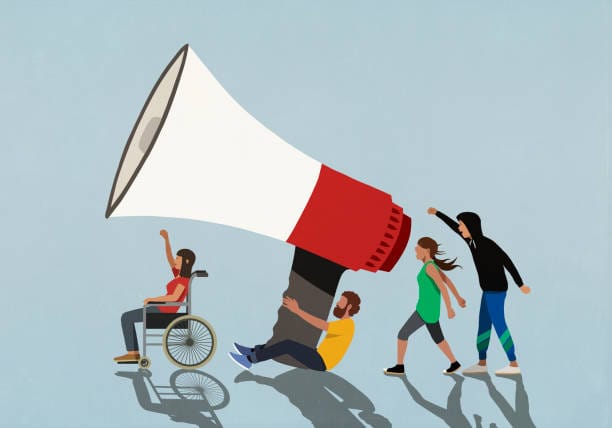
A 2024 study published in The Lancet reported an increase in hospitalisation rates among disabled individuals during heatwaves—far exceeding the rates for the general population. Respiratory issues, more common among this group, worsen with exposure to air pollution, a persistent issue in cities like Delhi.
Systemic neglect
Emergency response systems and climate policies consistently fail to account for disabled populations. The 2005 Hurricane Katrina rescue operations uncovered and emphasised this gap. Emergency messages didn’t reach these groups, evacuation buses lacked compliant ramps, and temporary shelters offered little accommodation for those with sensory or mobility impairments.
Not much has changed since then. According to the 2023 Global Survey on Persons with Disabilities and Disasters by UNDRR, there was little to no improvement in disability inclusion across 137 countries, compared to a similar survey in 2013.
Additionally, people with disabilities are not involved in decision-making or disaster evacuation drills, often leaving them feeling confused and helpless.
“People with disabilities, like myself, have not been involved and consulted in the development of any risk or disaster management plan or strategy, so [we can] assume that our needs have not been taken into account.”
– A female survey respondent from Africa
“Personally, for me, if there is a disaster, it is hard to even run to ask for help, or to move around and reach out for things if I’m not prepared.”
–Corazon Bajuyo Clarin, Convener, Cebu Disability-inclusive Disaster Risk Reduction Network
Shockingly, even funding highlights this neglect. India’s Union Budget 2025-26 allocated a mere ₹1,275 crore (0.025 percent of the total ₹50 lakh crore) to the Department of Empowerment of Persons with Disabilities (DEPwD). The Scheme for Implementation of the PwD Act (SIPDA) has shrunk from ₹251 crore in 2020-21 to ₹115 crore in 2025-26, stalling initiatives like the Accessible India Campaign. Such oversights are not anomalies but inconsiderate systemic exclusion.
Economic disparities
The shift to a green economy, while vital for Earth’s sustenance, risks deepening economic divides for people with disabilities. In the US, the unemployment rate among disabled adults stood at 7.5 percent as per 2024 data, and while India lacks precise figures, rural poverty compounds the issue. Training programmes for jobs rarely provide accommodation for people with disabilities, such as sign language interpreters or adaptive tools, further creating employment barriers. There’s also discrimination against them in companies when hired. The green transition risks becoming a privilege reserved for those without disabilities unless deliberate action is taken.
Social and psychological Impacts
Climate change emergencies often erode the social networks of persons with disabilities. Floods and droughts can uproot people and cut them off from caregivers, leaving them isolated and stressed out. Insights from the 2024 Household Pulse Survey back this up, showing disabled survivors of disasters deal with more anxiety and depression than non-disabled survivors.
The solution: Core principles of green disability
Green disability offers a hopeful, transformative approach to confronting these challenges through four interlocking principles: inclusion, accessibility, empowerment, and equity.
Inclusion in climate action
Effective climate strategies must prioritise the voices and needs of persons with disabilities. This begins with accessible communication like text-based alerts/sign language interpreters for deaf people and audio messages for the blind. Disabled People’s Organisations (DPOs) are vital partners in this process for bringing first-hand expertise to policy design.
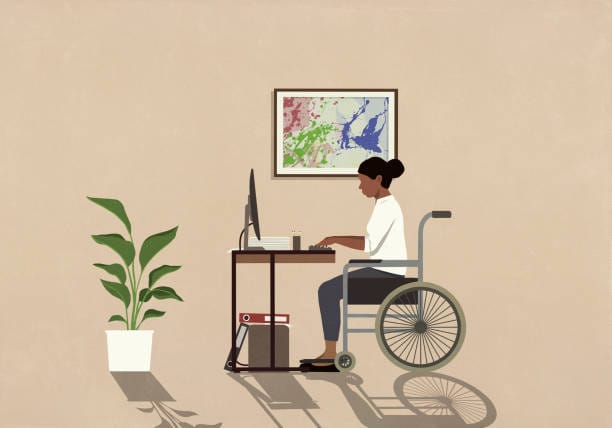
“We have a national plan for risk and disaster prevention, but we do not have enough sign language interpreters for deaf people. There is a lack of preparedness for the management of people with disabilities during disasters. […] We still need more accessibility to the environment, communication and information.”
– A 67-year-old female from Central America
Take Bangladesh’s Gaibandha Model for example. DPOs team up with local officials to pinpoint who’s most at risk and craft disaster plans that actually work, lowering death rates among disabled residents during cyclones. Scaling these efforts needs more cash flow. Right now, less than 1 percent of climate funding supports similar initiatives, a figure that must rise to meet the scale of this challenge.
Accessibility in urban planning
Cities should be for everyone, making universal design imperative. India’s Accessible India Campaign aims for this, but slashed SIPDA funding reflects a step back in this progress. For example, Copenhagen’s wheelchair-friendly bike paths offer a great blueprint. In India, the metro infrastructure has ramps and lifts, yet rural infrastructure, like flood shelters, remains inaccessible, necessitating broader investment.
Community empowerment
Take the 2023 Agricultural and Nutrition Fair in Mozambique, for example, which empowered disabled farmers to display their agricultural and cooking skills.
“The Agricultural and Nutrition Fair was a fantastic event that demonstrated the skills of farmers with disabilities and their positive impact on agriculture—proving disability is not inability.”
–Zacarias Zicai, Country Director, Light for the World Mozambique
Giving these voices a seat at the table in climate initiatives will shift the narrative from dependency to agency and contribution. Empowerment also demands education and skill-building opportunities customised to disabled individuals, ensuring they can contribute to and benefit from sustainable development.
Addressing systemic inequities
The green economy must be equitable by design. Subsidies for disability-specific sustainable upgrades—electric wheelchairs, accessible homes—must be expanded. Governments and private sectors can incentivise employers to hire individuals with disabilities by offering tax breaks or funding adaptive technologies.
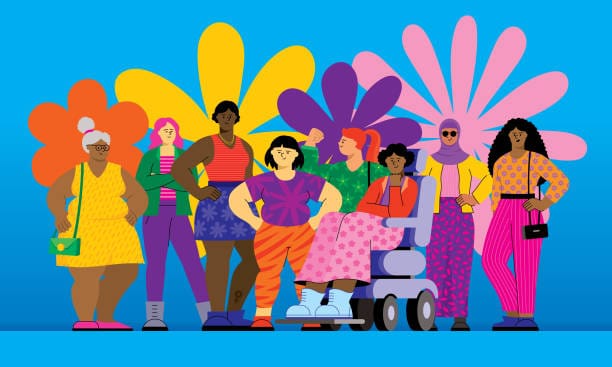
Equity extends beyond economics to politics: disability must be a mandated lens in all climate frameworks, from local zoning laws to global agreements.
Implementation
Translating the core principles of green disability into concrete action will make a real difference. Three steps stand out as immediate priorities:
- Policymakers to collaborate with DPOs
A partnership with DPOs to co-design climate strategies will ensure disability needs are being addressed and will foster community buy-in. This collaboration must include local disaster planning to international negotiations.
- Mandate accessibility
Universal design in architecture and urban planning must be a non-negotiable standard in all infrastructure projects—backed by increased SIPDA funding. Legislation can enforce this, while regular audits can ensure compliance.
- Boost Funding
Governments, multilateral institutions, and philanthropies must redirect climate finance towards green disability initiatives. Raising and utilising the total budget of climate allocations across the world, targeting disability-inclusive adaptation would mark a significant step forward.
Climate change is a universal challenge, but its effects are not equally shared. For people with disabilities, it amplifies vulnerabilities and struggles in an already tough world to navigate. With a meagre 0.025% budget allocation, India too falls short in this regard. Green Disability reframes this crisis as a call to action, insisting that sustainability is unsustainable without inclusion.
By incorporating the principles of inclusion, accessibility, empowerment, and equity into climate strategies, we can design a sustainable future where no one gets left behind. The data is compelling, the solutions are clear, and the urgency is undeniable. Let’s ensure that everyone is included in the fight because the time to act is now.
About the author(s)
Forget textbooks, Mrudavi got hooked on writing through her childhood obsession with fiction novels. Now, she tells engaging stories that address real-world topics with a touch of her experiences. When the writing bug takes a break, Mrudavi can be found curled up with a good book or with her favourite people, fueling her imagination with endless cups of iced lattes.


